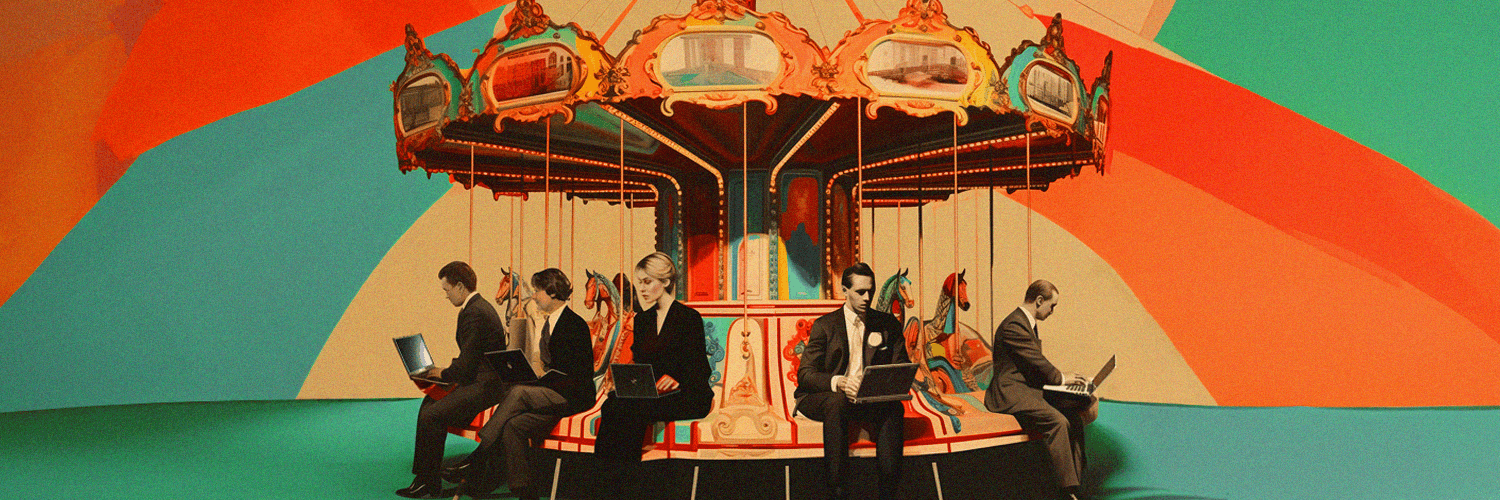20% of full-time employees lack access to booking software
and other tools to make hybrid work easy and productive.
Streamline access to popular hot desks
In a hybrid workplace, flexible seating often operates on a first-come, first-served basis, giving early-arriving employees an advantage in choosing the best workspaces. With YAROOMS booking software, you can take a more organized approach to hot desking or desk hoteling, allowing everyone to reserve a desk in advance. This makes it a fairer "first reserved, first served" system for all employees.
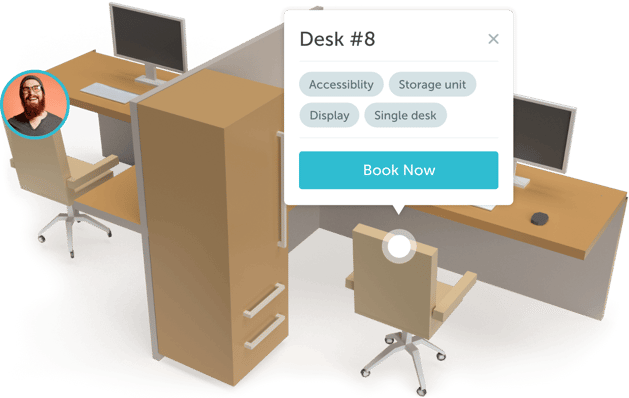

Fast and simple check-in process
Easily check-in by scanning a QR code or confirming your presence through a web app. If you don't check in within a set time, the hot desk is automatically released and made available for other reservations.
Space types and seating options
Make all your workspaces bookable, from hot desks and meeting rooms to parking spots. You can offer flexible desk reservations (like hot desking and desk hoteling) or assign permanent workspaces to your employees.
Workspace amenities
Assign customizable features, such as dual monitors or standing desks, to each workspace, making it easy for employees to search for and find the perfect hot desk with the right amenities.
Quickly find people and spaces
People who work in unassigned desk setups spend an average of 18 minutes each day trying to find an appropriate workspace. With YAROOMS booking software, you can save that time—search for available hot desks, check their features, or even locate colleagues, and instantly view your results on an interactive office floor plan.
Quickly find people and spaces
People who work in unassigned desk setups spend an average of 18 minutes each day trying to find an appropriate workspace. With YAROOMS booking software, you can save that time—search for available hot desks, check their features, or even locate colleagues, and instantly view your results on an interactive office floor plan.
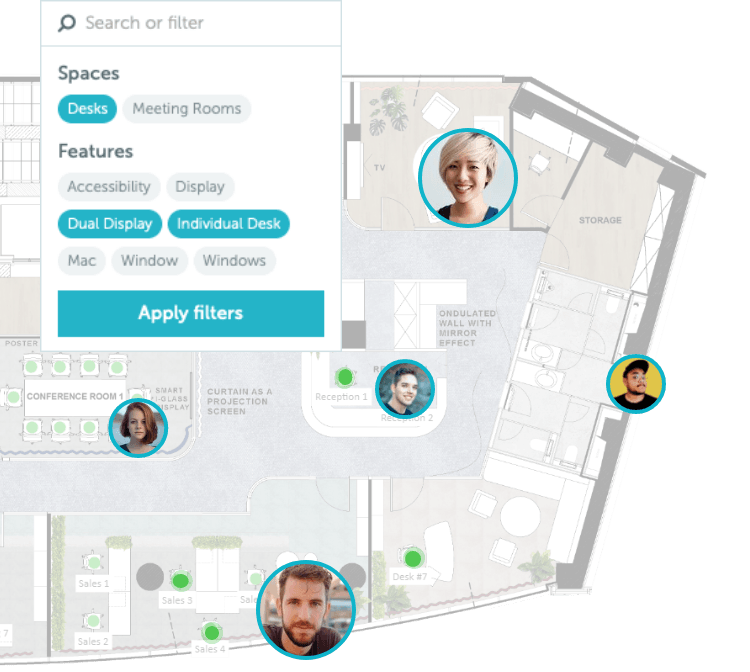
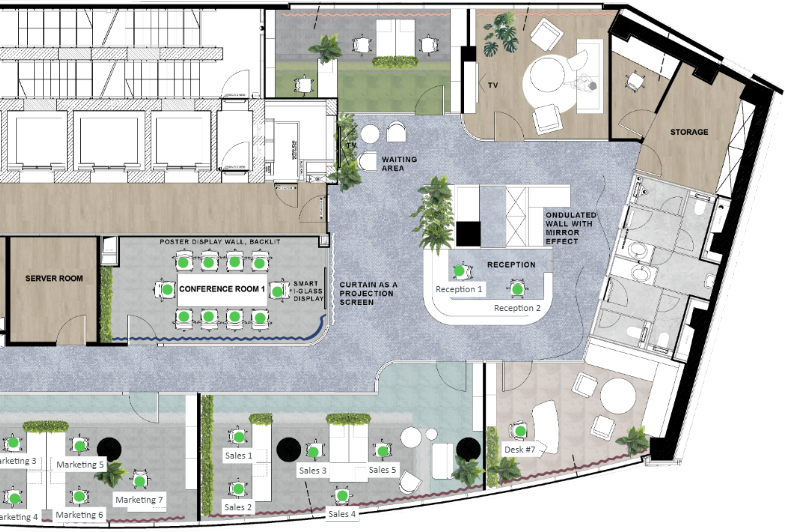


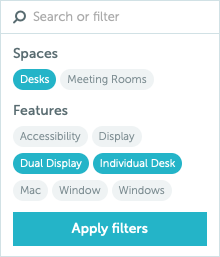
Interactive office floor plan
Navigate the office effortlessly using an interactive office floor plan that shows real-time hot desk occupancy and availability.
Advanced search
Quickly find available hot desks, workspace amentities, or instantly locate colleagues on the office floor plan, making it easier to collaborate.
Office wayfinding
Let digital wayfinding on your device guide you smoothly through the office, providing clear directions to your reserved hot desk.
Elevate the hot desk booking experience
YAROOMS is more than just a desk booking software; it simplifies the hot desking and desk hoteling experience, making it incredibly fast and simple. Its intuitive interface, seamless integration with communication tools, and innovative features—like a mobile app and AI workplace assistant—create new ways for employees to engage with their office space, making desk management and workplace navigation a breeze.
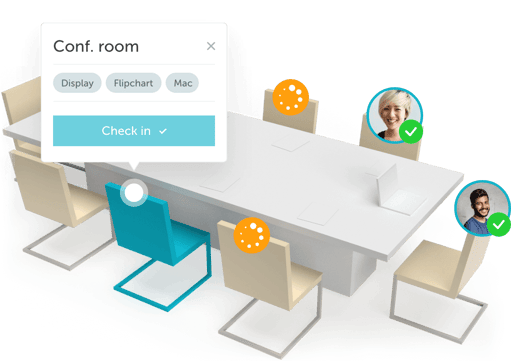
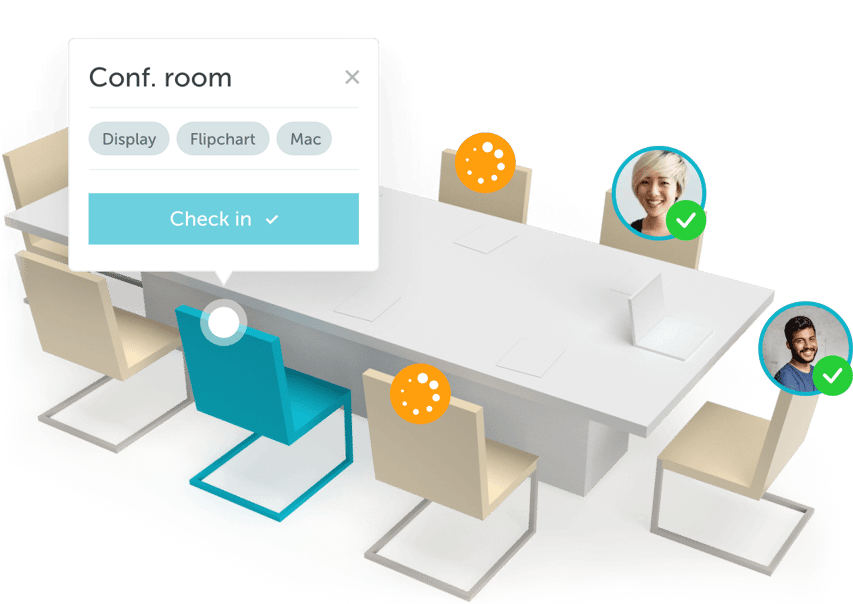
Optimize desk management with workplace analytics
YAROOMS hot desk booking software helps streamline decision-making by offering real-time data on desk occupancy and usage patterns. This allows organizations to manage space better, improve resource allocation, and optimize their office for hybrid work environments. By understanding how desks are used, you can make informed adjustments to enhance efficiency and support employee needs.
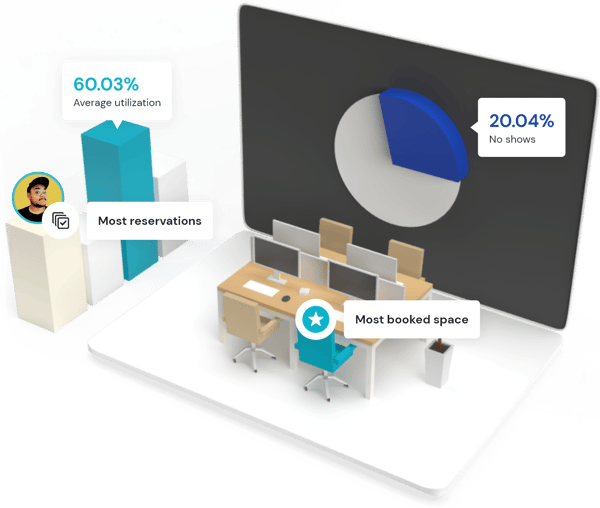

Insights to get you started
Choosing the right hot desk booking software is no small feat. We collected a
couple of insightful resources to help you identify your needs and navigate
the sea of options. Continue your research:
Hot desking, desk hoteling, and hot desk booking systems: FAQ
What is hot desking?
Hot desking is a space management strategy that describes a hybrid office environment where employees don't have their own individual desks and so they arrange themselves according to who wants - or needs - a seat at a given time. The idea is to have employees move around the workplace in order to facilitate communication, collaboration, and teamwork.
Hot desking allows hybrid workplaces to increase efficiency of the office space they have and makes it easier to move hot desks as needed.
Why is it called hot desking?
It’s called hot desking as it is a space management strategy that allows you to move between different desks with ease. It gives employees the freedom to change their location and move around office space anytime they need without having to worry about what desk they have been assigned to. They can use any hot desk that is vacant at any time of the day with ease, making things more efficient.
What are the benefits of hot desking?
Hot desking offers a number of potential benefits for workers and organizations alike, including:
- Increased flexibility and convenience for workers, who can easily move between different workspaces (hot desks, meeting rooms, etc.) as needed.
- Reduced costs for organizations, who need to purchase less office space and furniture.
- Increased collaboration and creativity, as workers are more likely to interact with one another when working in close proximity.
- Easier management of workplace resources and office space.
What is hot desk booking?
How do you manage hot desking?
There are a few things to consider when managing hot desking, especially in a hybrid workplace:
- Make sure all employees have enough office space and privacy.
- Encourage employees to put away their belongings when finished using the hot desk so the workspace remains organized and clean.
- Ensure there are enough places to plug in laptops and phones and everyone knows where these locations are on the office floor plan.
- Set aside time each day to clean up the office space and dispose of loose belongings.
- Streamline the process using hot desk booking software or a reservation system that allows employees to easily book desks and other office resources (for example, meeting rooms).
- Leverage workplace analytics (available for booking software users) to track desk usage patterns and optimize space management based on real-time data.
How do you implement hot desking?
The easiest way to implement hot desking is by using booking software that automates desk reservations and shows real-time availability on an interactive floor plan. This ensures your team can easily view open and booked desks, preventing overbooking and ensuring compliance with your company’s hot desking policy. With integrated analytics, you can track desk and meeting room booking utilization, helping optimize workspace management and improve overall efficiency.
Does hot desking really work?
Hot desking can be highly effective, especially in a hybrid work environment, but its success depends on both individual preferences and workplace culture. The main advantage is that it optimizes space management by reducing the need for dedicated desks (an meeting rooms in some cases), which is particularly useful in offices with limited space or a large number of employees. Using automated desk booking software or a booking app can streamline this process by allowing employees to reserve desks and track real-time occupancy. However, the downside is that some employees may struggle without a permanent workspace, feeling less connected or productive. With the right tools and a thoughtful approach to space management, hot desking can work well for many companies.
What is hoteling in the workplace?
Desk hoteling is particularly effective in hybrid work setups, where some employees may work remotely for part of the week. It helps companies optimize space management by reducing the need for workstations and allowing better office space utilization. By using this booking software, organizations can cut costs and keep the workplace clutter-free, as employees don't leave personal belongings at desks. Additionally, desk hoteling offers more efficient scheduling for employees who frequently move between different locations, making it a valuable tool in today's flexible work environment.
How do I set up and office for hot desking?
Setting up an office for hot desking requires careful planning to ensure seamless space management and a smooth experience for employees. Here’s how to set it up effectively:
- Implement Booking Software: Use a booking app that allows employees to reserve desks in advance. This ensures availability and avoids confusion during peak office hours, especially in a hybrid work environment.
- Automate Desk Reservations: Automate desk occupancy and tracking with a bookable system that shows real-time availability and allows employees to find open desks easily.
- Use Interactive Floor Plans: Provide employees with an interactive office map displaying desk locations, utilization, and current occupancy levels to help them quickly identify and book their desired workspace.
- Optimize Space Management with Analytics: Leverage the analytics feature of your booking software to track desk usage patterns. This will help you make informed decisions on space allocation, improving overall space management.
- Create Flexible Workspaces: Design the office layout to support a hybrid work model, offering different workstations (e.g., quiet zones, collaboration areas) easily bookable and suited to various work styles.
By combining automated desk booking tools with smart space design and data-driven analytics, you can create an efficient hot desking environment that supports flexible working.
What is a desk booking app?
What is a desk management system?
What is the best hot desk booking system?
YAROOMS offers an intuitive interface, making it simple for employees to book desks, meeting rooms, and other spaces, with real-time occupancy tracking to avoid desk overbooking. It seamlessly integrates with tools like Microsoft Teams and your hybrid work calendar, ensuring smooth booking experiences across workplace software tools. With advanced desk and meeting room analytics, YAROOMS helps optimize space management in hybrid work environments, promoting better utilization of office resources. Its features also foster collaboration, allowing employees to find available workspaces easily and book them for individual or team work. Whether it's hot desk reservation or meeting room booking, YAROOMS ensures your workspace is efficient and well-managed.








